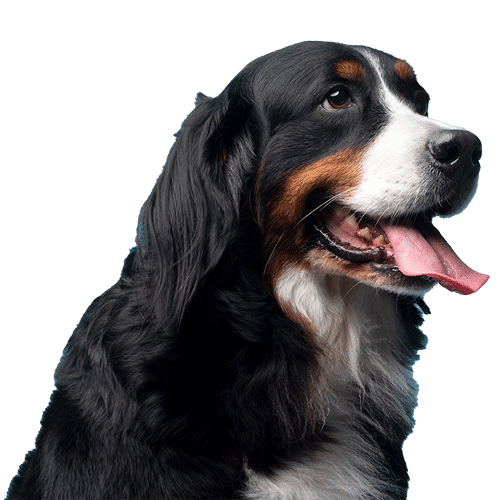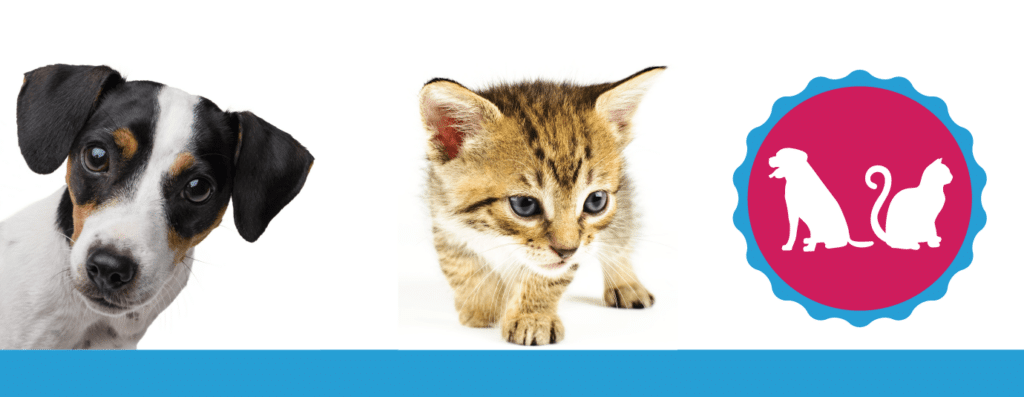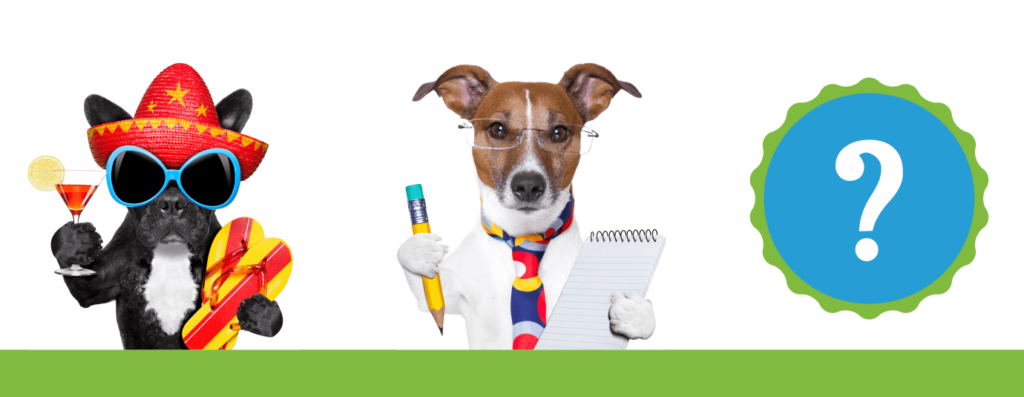Tail Docking and Ear Cropping in Dog Grooming
From breeding to dog grooming to everything in between, there are many pet parents and individuals in the pet industry who are all about what a dog looks like. If you’re attracted to a breed based on its physicality, there’s […]
Tail Docking and Ear Cropping in Dog Grooming Read Post



